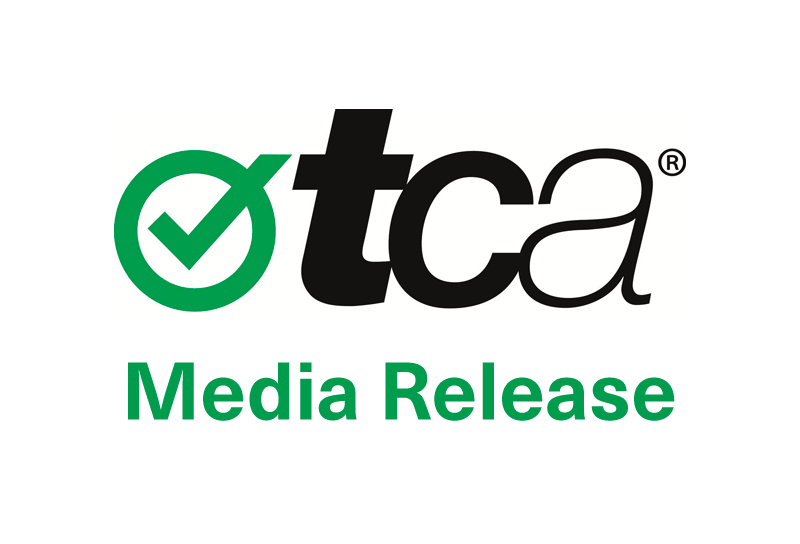TCA releases Statement of Corporate Intent for 2018-19

Transport Certification Australia (TCA) has released its Statement of Corporate Intent for 2018-19 which presents TCA’s key areas of focus and work program for the financial year.
The Chief Executive Officer of TCA, Chris Koniditsiotis, said, “This 2018-19 work program incorporates a suite of key initiatives which respond to the needs of Australian Governments, regulators, providers and consumers of telematics applications.”
“These initiatives will expand the applications available through the National Telematics Framework – the government-approved digital business platform for telematics and related intelligent technologies – as well as introduce new features which can be used across applications of the Framework.”
“Each of these initiatives will be underpinned by the common business rules and infrastructure contained within the National Telematics Framework – ensuring interoperability, standardisation and critically, an open technology market,” said Mr Koniditsiotis.
A summary of the key initiatives contained in TCA’s work program 2018-19 include:
New applications
- Road Infrastructure Management application – To allow road managers to collect road use data for asset planning and network management
- Road Pricing pilots – To support government and industry trials
- On-Board Mass (OBM) Program – To provide a high level of assurance in the collection and use of mass information (linked to other data sources)
- Traveller Information Exchange (TIX) – To exchange messages between multiple locations, providers and consumers.
Enhancements to existing applications
- Intelligent Speed Compliance (ISC) – To allow different speed thresholds to be spatially defined and monitored
- Intelligent Access Program (IAP) – Development of a business case for Ministers with enhancements to the IAP application.
New features
- Real-time alerts – To improve the availability of information to drivers, operators or regulators, where a high immediacy of response is required
- On-demand access to data – To enable data to be accessed as and when required (with necessary protections and controls)
- Telematics Data Exchange – To describe the standard methods and mechanisms for the transfer of telematics data between entities
- Interconnectivity of Fatigue Devices – To allow different fatigue monitoring devices to ‘plug-and-play’ with different telematics offerings.
“Crucial to each of these initiatives – as well as the administration of operational applications – is consultation and engagement with the diversity of stakeholders (policy makers, providers and consumers) who use the National Telematics Framework to deliver improve outcomes,” said Mr Koniditsiotis.